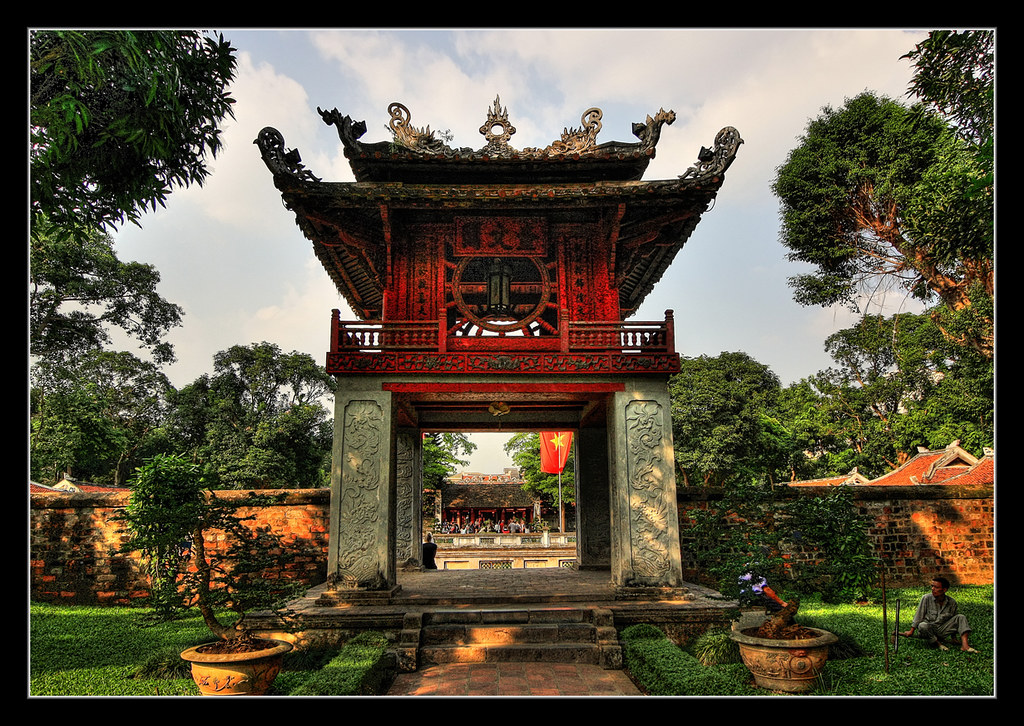Explore Angkor Wat - Cambodia’s Iconic Temple Complex
Angkor Wat is an architectural masterpiece and a symbol of Cambodia's rich cultural heritage. Situated in the northern province of Siem Reap, Angkor Wat is part of the larger Angkor Archaeological Park, a UNESCO World Heritage Site that encompasses numerous temples and ruins dating back to the Khmer Empire.Built in the 12th century by King Suryavarman II, Angkor Wat is the largest religious monument in the world, covering an area of over 162 hectares. Its design is a fusion of Khmer architectural elements and Hindu cosmology, with the temple dedicated to the Hindu god Vishnu. The complex is renowned for its intricate bas-reliefs, towering spires, and extensive galleries depicting scenes from Hindu mythology and Khmer history.
One of the most striking features of Angkor Wat is its central tower, which rises to a height of 65 meters and is surrounded by four smaller towers, representing the mythical Mount Meru, the center of the universe in Hindu cosmology. The temple is surrounded by a vast moat, symbolizing the cosmic ocean, which adds to its majestic and awe-inspiring ambiance.
The approach to Angkor Wat begins with a long causeway that crosses the moat, leading to the grand entrance gates. The gates themselves are adorned with carvings of guardian deities and mythical creatures, setting the tone for the wonders that lie within. Once inside, visitors are greeted by a series of courtyards and galleries, each filled with exquisite carvings and statues. The bas-reliefs that line the outer gallery walls are particularly impressive, depicting epic battles, celestial beings, and scenes from the Ramayana and Mahabharata.
Despite centuries of exposure to the elements and periods of neglect, Angkor Wat has remained remarkably well-preserved, thanks in part to ongoing restoration efforts by Cambodian and international teams. These efforts include the careful cleaning of stone surfaces, the stabilization of crumbling structures, and the reconstruction of damaged sections, ensuring that future generations can continue to appreciate this historic marvel. Visitors to the temple can marvel at its grandeur and intricate details, exploring its labyrinthine corridors, courtyards, and sanctuaries.
In addition to its architectural significance, Angkor Wat holds great cultural and religious importance for the Cambodian people. It serves as a place of worship and pilgrimage for Buddhists, who have adopted the temple as a symbol of their national identity and resilience. During major religious festivals, such as Khmer New Year and Visak Bochea Day, the temple grounds come alive with vibrant ceremonies and rituals, drawing devotees from across the country.
The surrounding Angkor Archaeological Park offers even more for visitors to explore. Notable nearby temples include Angkor Thom, with its impressive Bayon Temple adorned with massive stone faces, and Ta Prohm, famous for the giant trees that intertwine with its ruins. These sites, along with many others scattered throughout the park, provide a comprehensive picture of the grandeur and complexity of the Khmer Empire at its peak.
Today, Angkor Wat is one of the most visited tourist attractions in Southeast Asia, attracting millions of visitors from around the world each year. Its timeless beauty and historical significance continue to captivate travelers, offering a glimpse into Cambodia's rich past and vibrant culture. As a testament to human ingenuity and creativity, Angkor Wat stands as a testament to the enduring legacy of the Khmer Empire and the spiritual devotion of its people.
The impact of tourism on Angkor Wat has also led to significant economic benefits for the local community, with many Cambodians employed in tourism-related industries. However, it has also presented challenges, such as the need to balance conservation efforts with the demands of large visitor numbers. Sustainable tourism practices are increasingly being implemented to protect the site while ensuring that it remains accessible to future generations.
In recent years, technology has played a role in enhancing the visitor experience at Angkor Wat. Virtual reality tours, interactive exhibits, and detailed informational apps allow tourists to gain deeper insights into the history and architecture of the temple complex. These tools help to educate and engage visitors, making their exploration of Angkor Wat even more enriching and memorable.
Angkor Wat's influence extends beyond tourism, inspiring artists, writers, and filmmakers around the world. Its iconic silhouette is featured in numerous artworks and has been the backdrop for various films and documentaries, further cementing its status as a cultural icon. The temple's depiction on Cambodia's national flag underscores its profound significance to the nation's identity.
In conclusion, Angkor Wat is not just a monument of the past; it is a living heritage that continues to inspire awe and reverence. Its blend of artistic grandeur, historical depth, and spiritual significance makes it a unique treasure of humanity. Whether through personal visits, academic studies, or digital explorations, Angkor Wat offers a profound connection to the ancient world and a testament to the enduring spirit of the Khmer people.
Other tour
From
70 USD
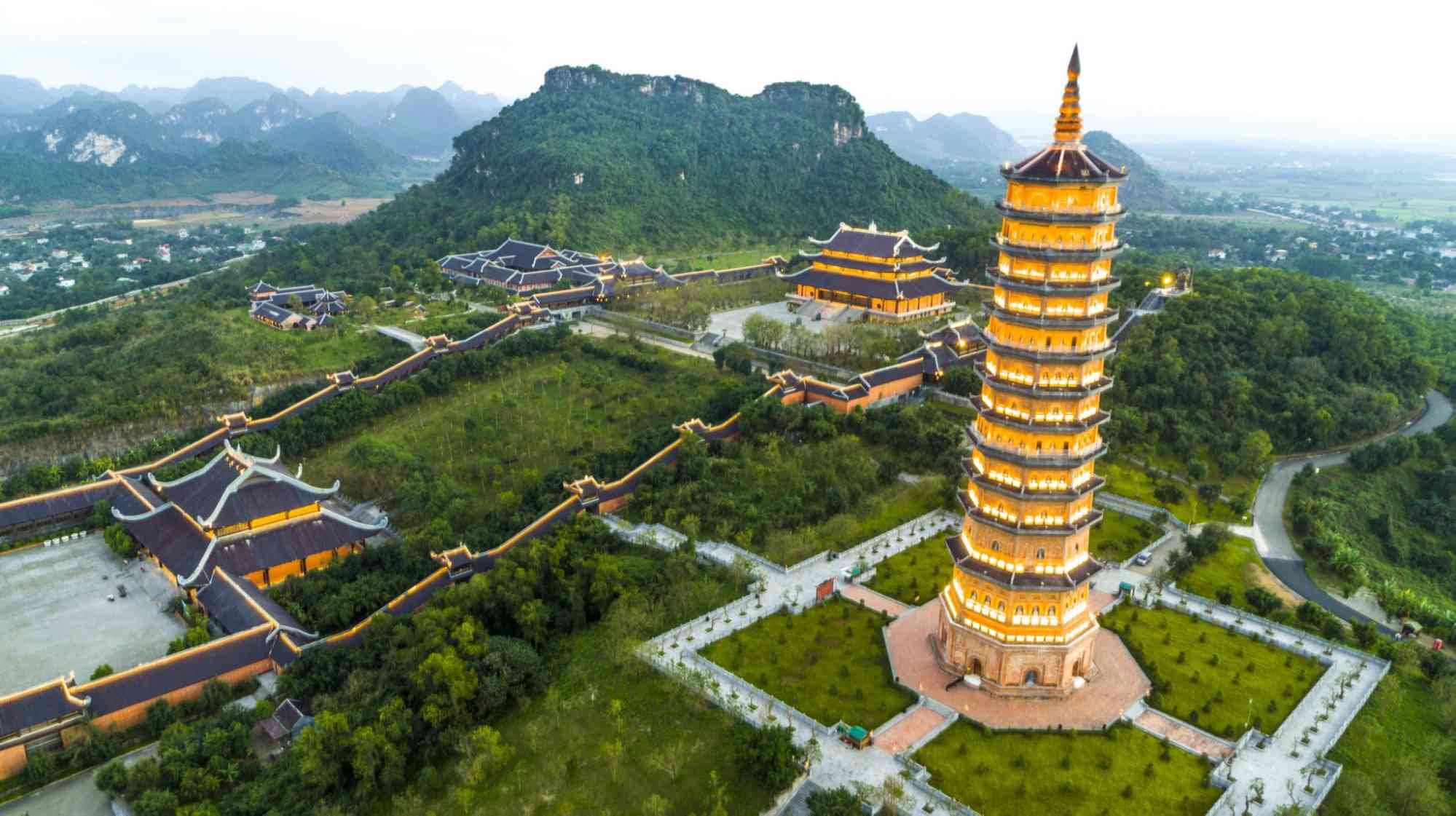 Details
Details
HOA LU – TRANG AN - MUA CAVE -1 DAY TRIP BY LIMOUSINE
AFT
Ha noi
0 Days
Day trip
From
25 USD
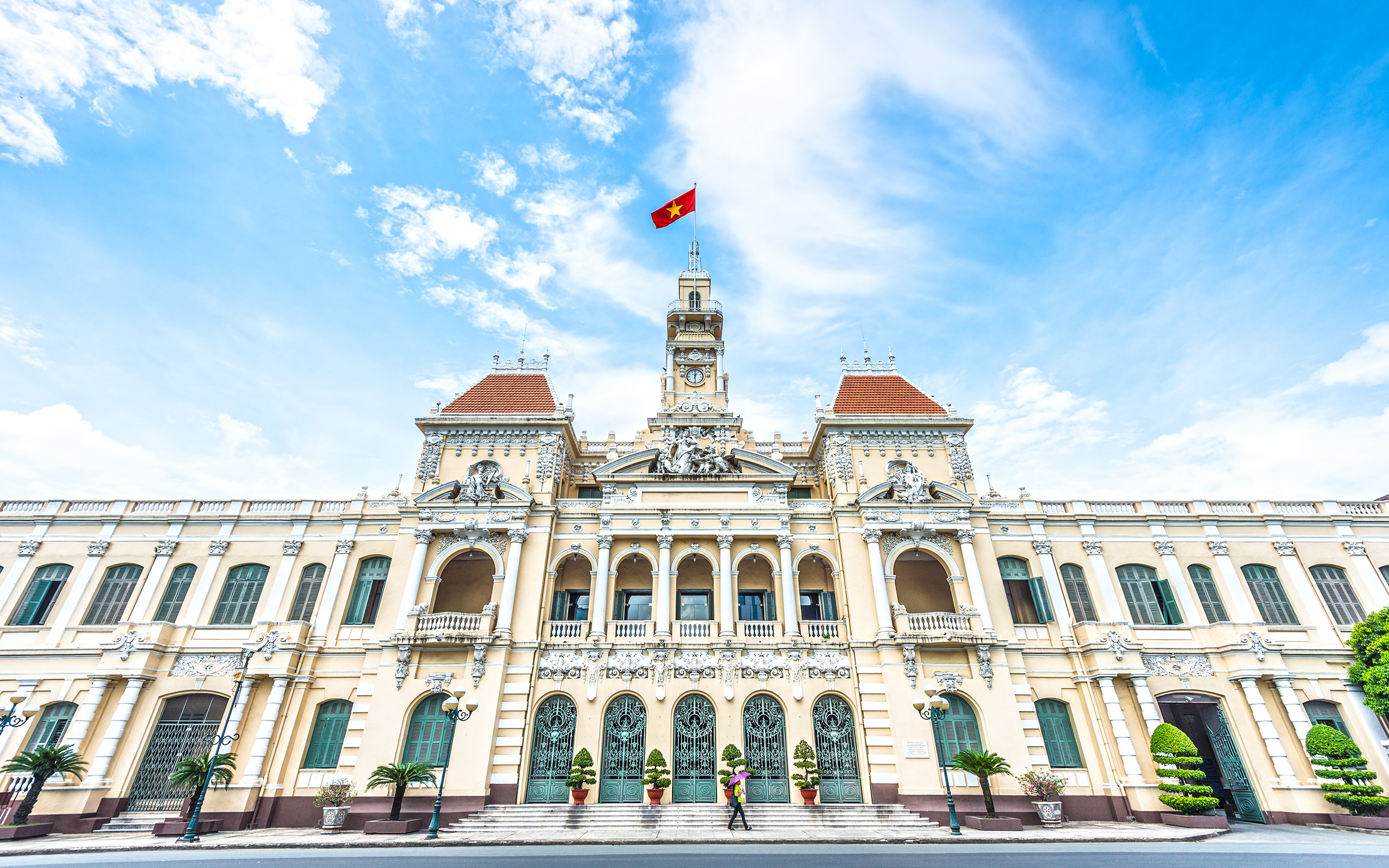 Details
Details
Ho Chi Minh - Cu Chi Tunnel - Ho Chi Minh
CHA01
Ho Chi Minh City
1 Days
Day trip






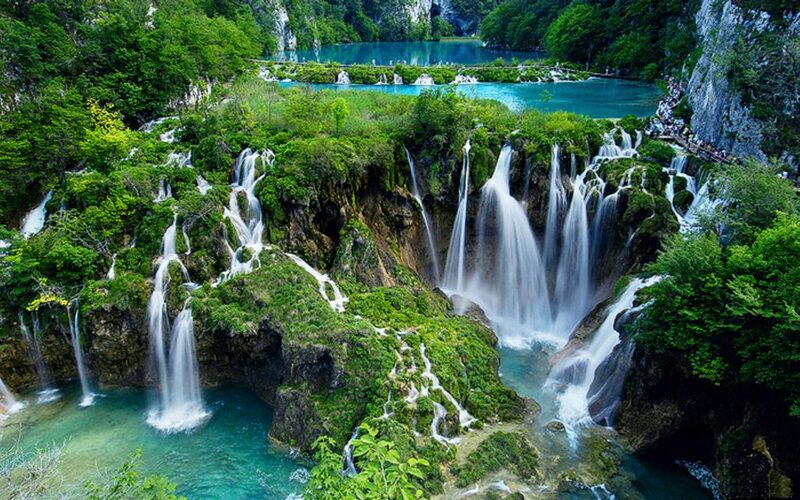



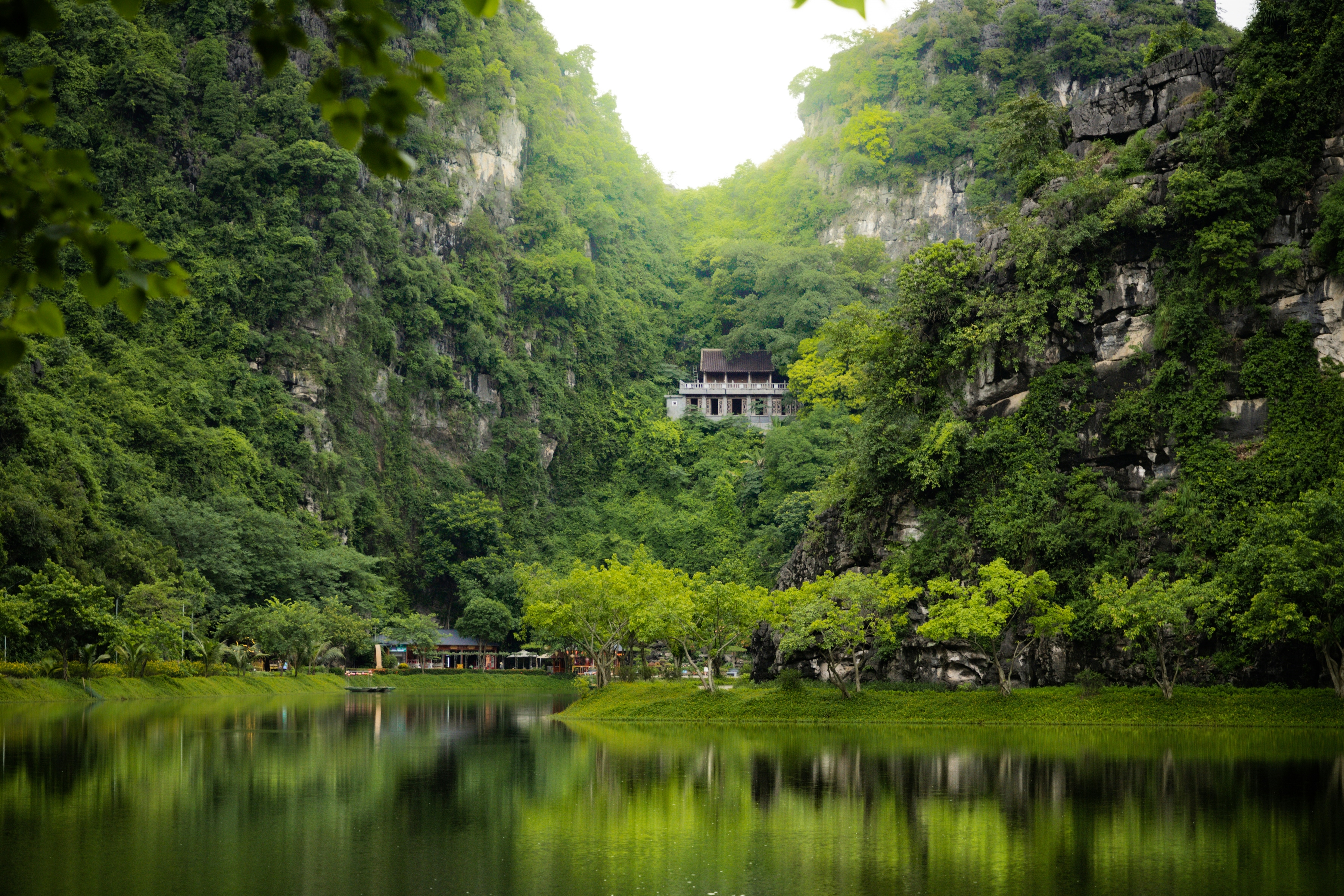
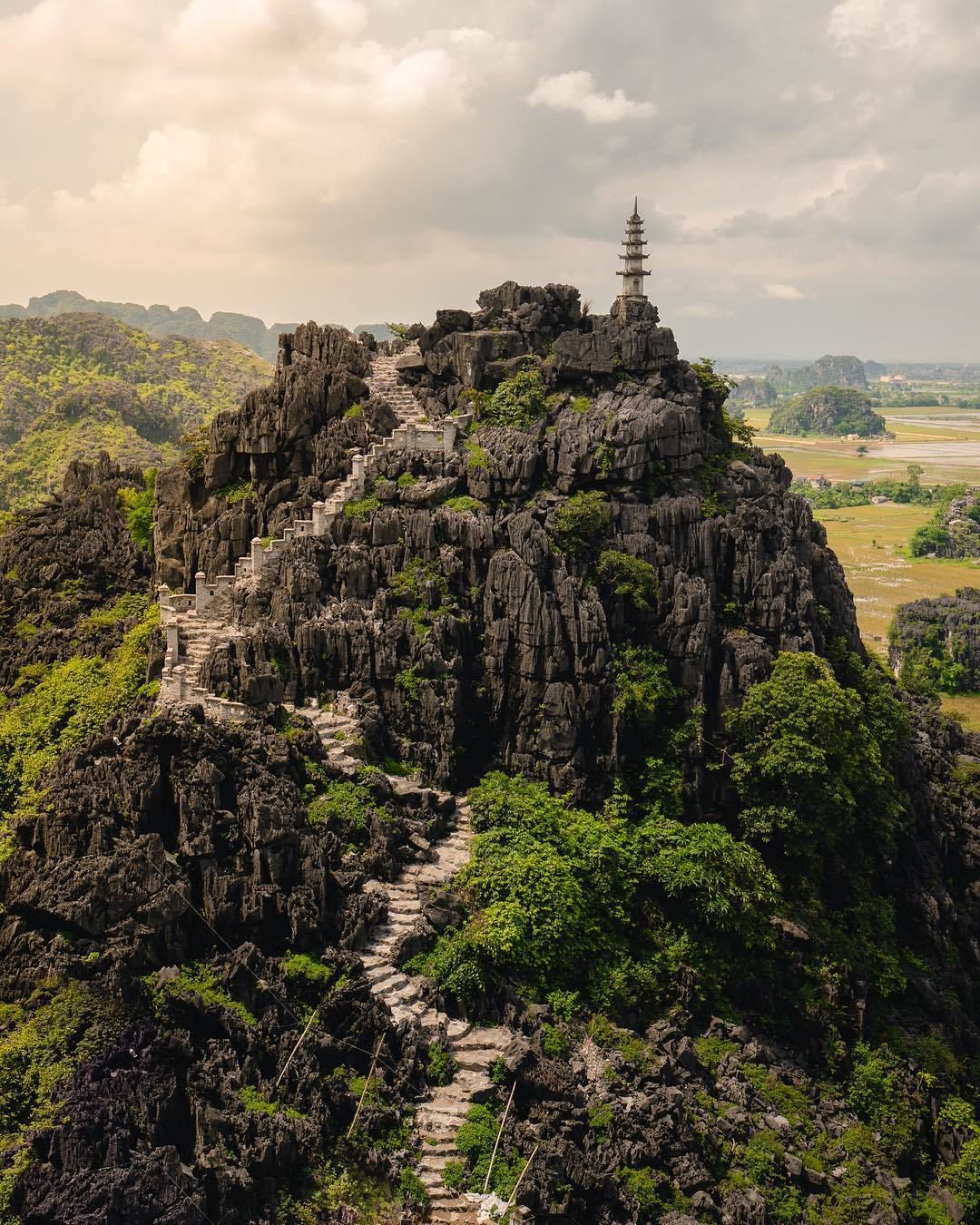
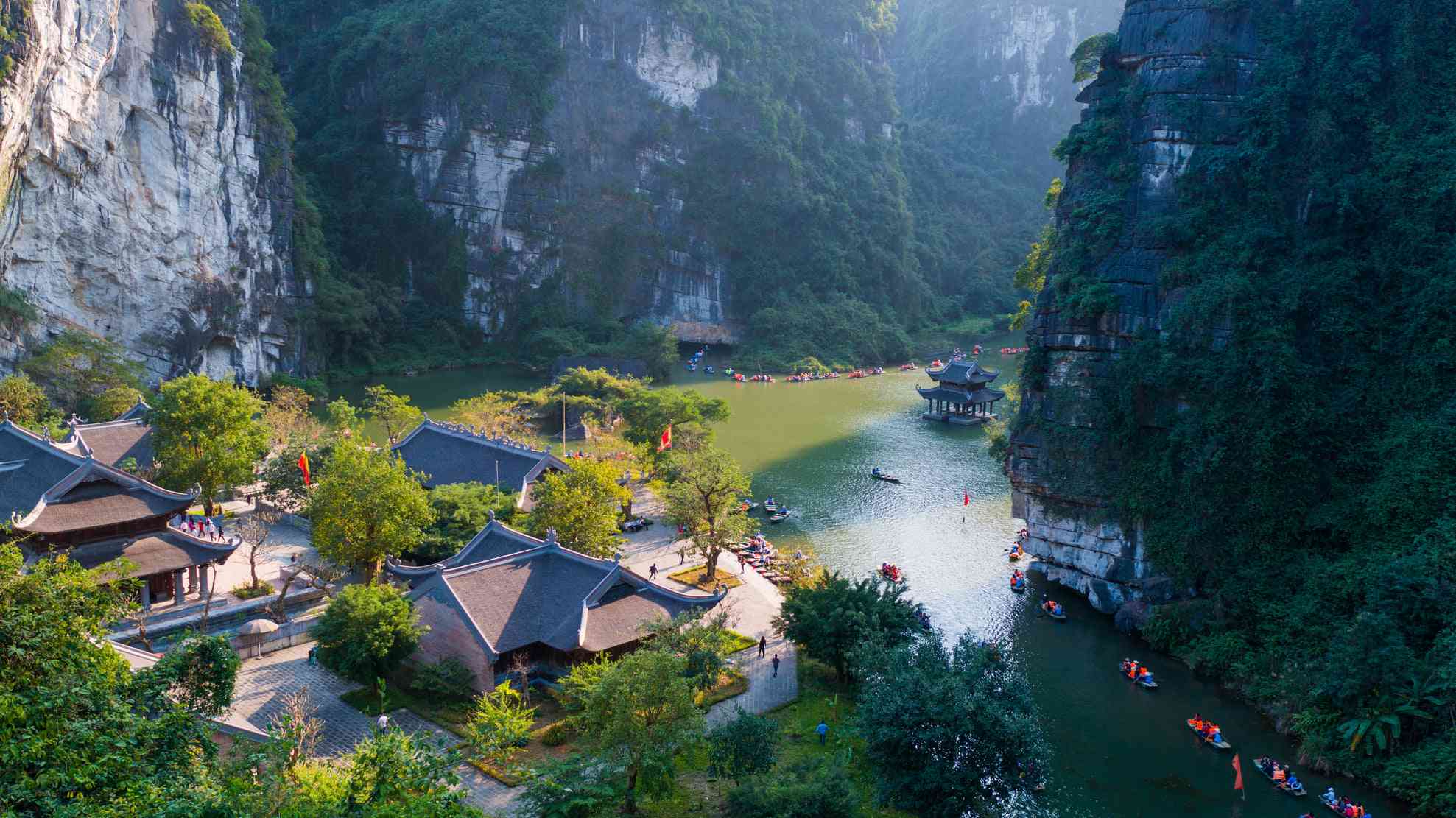


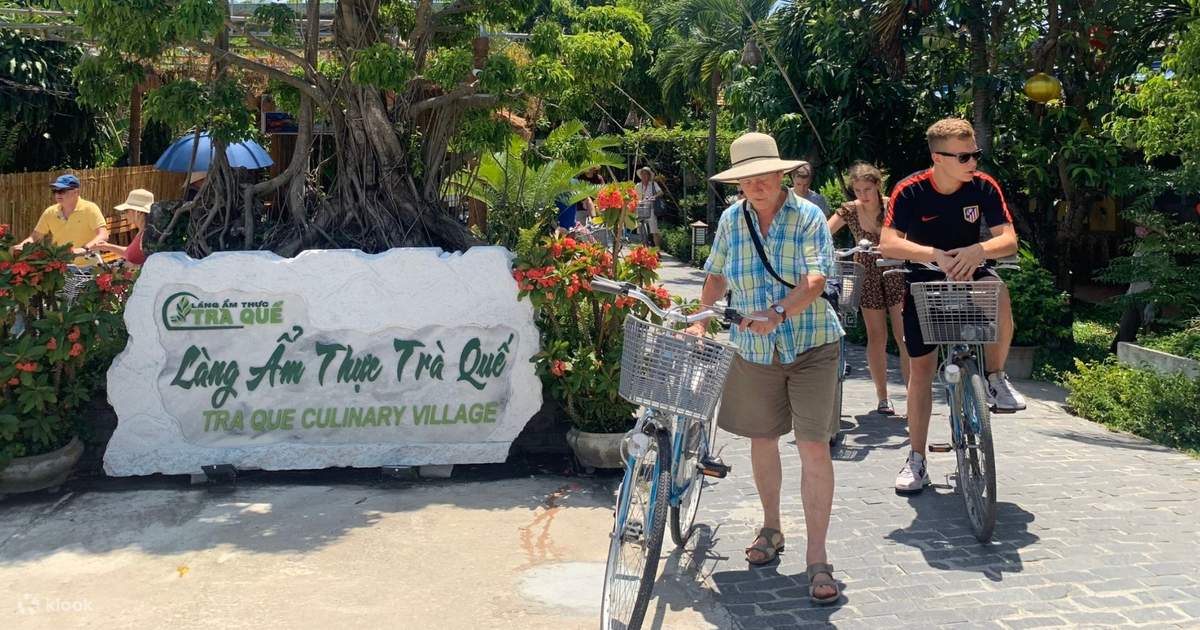





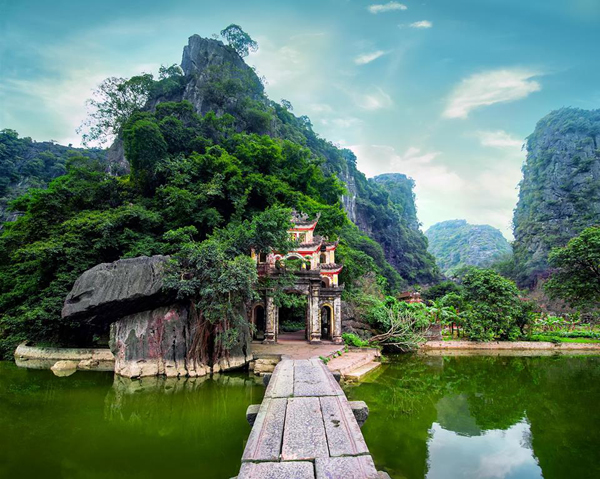

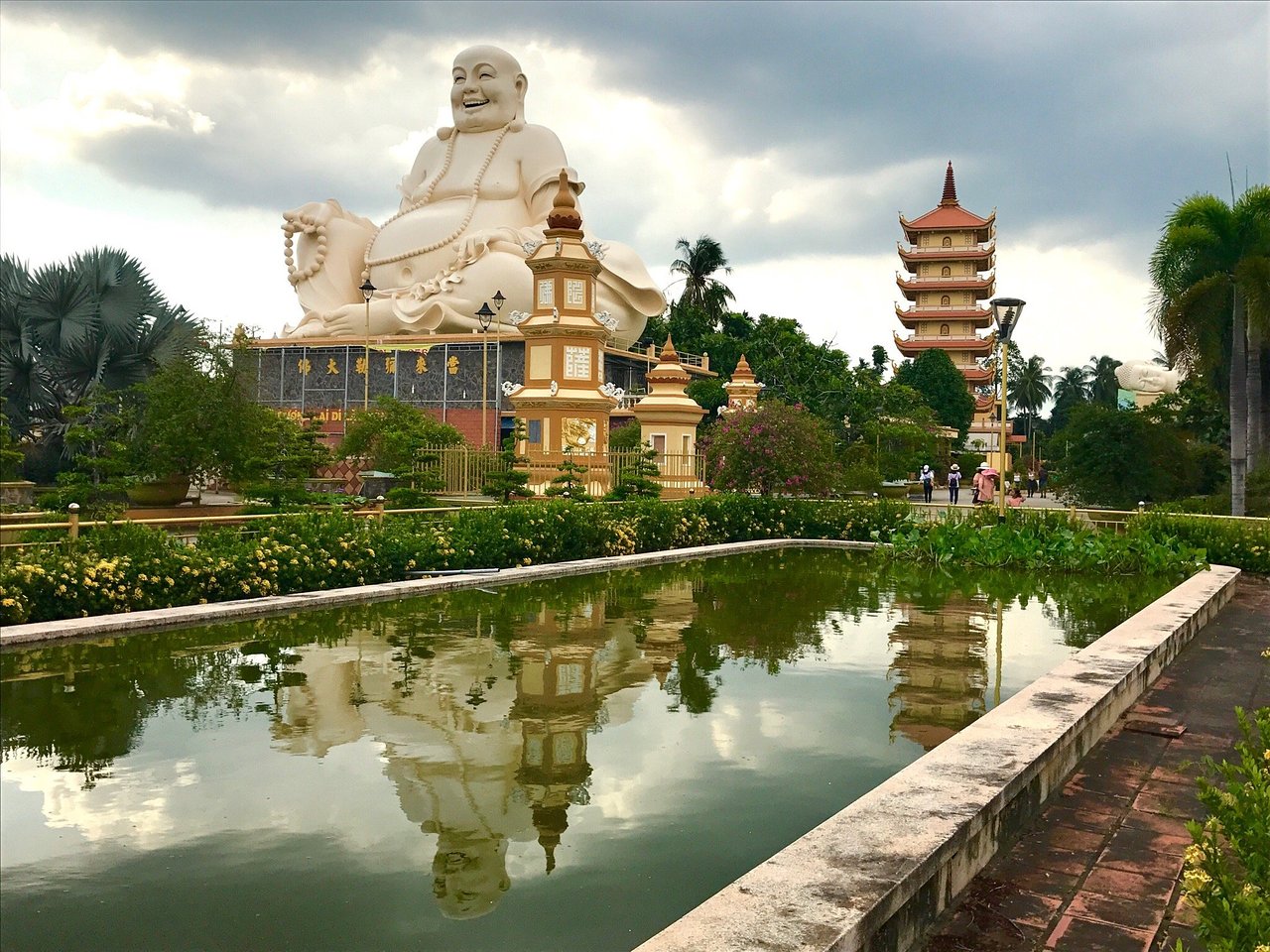




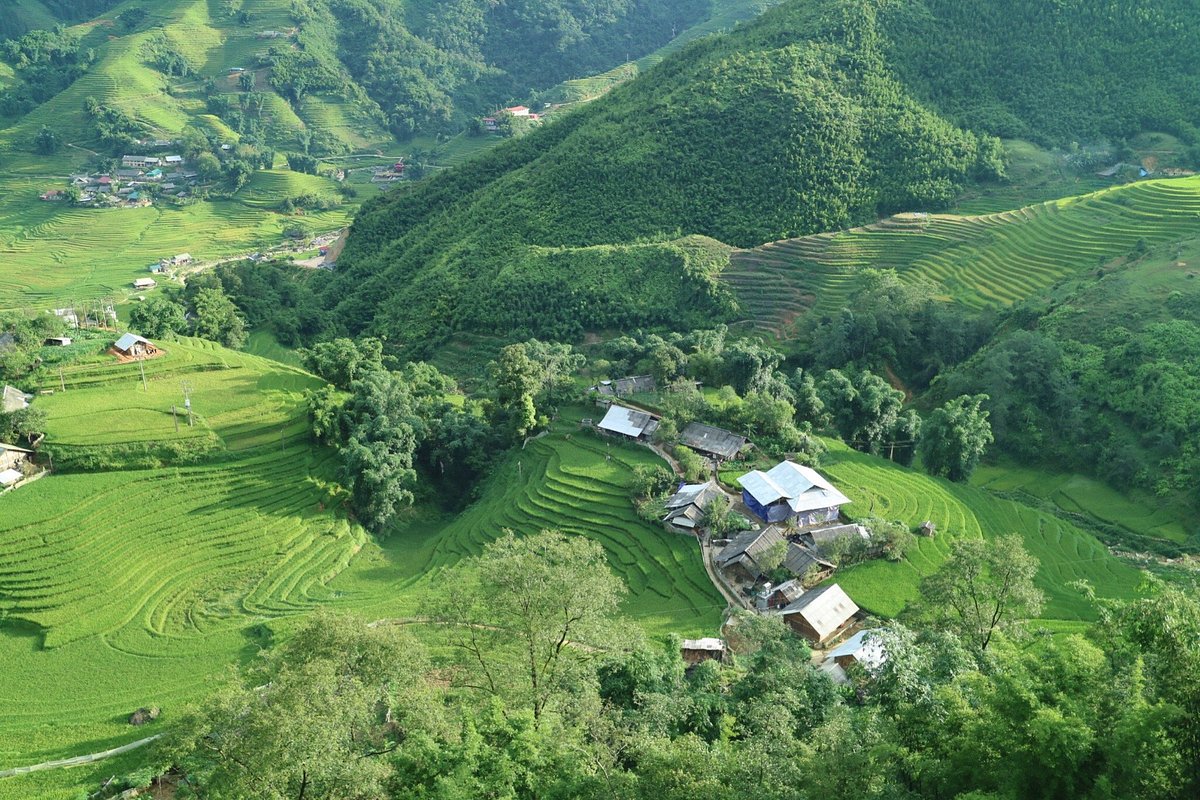




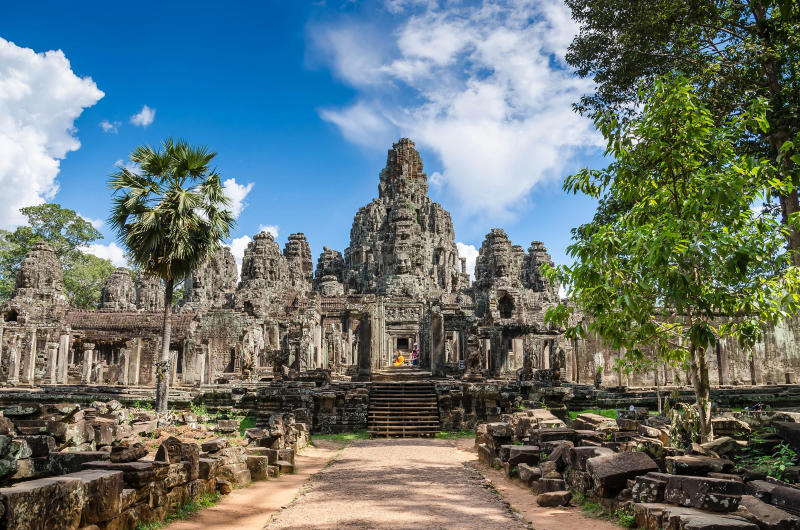
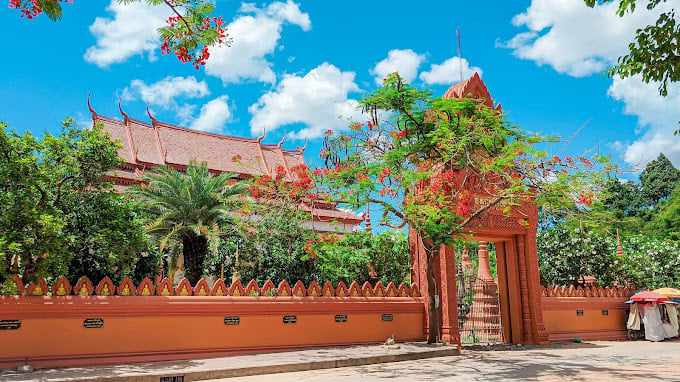

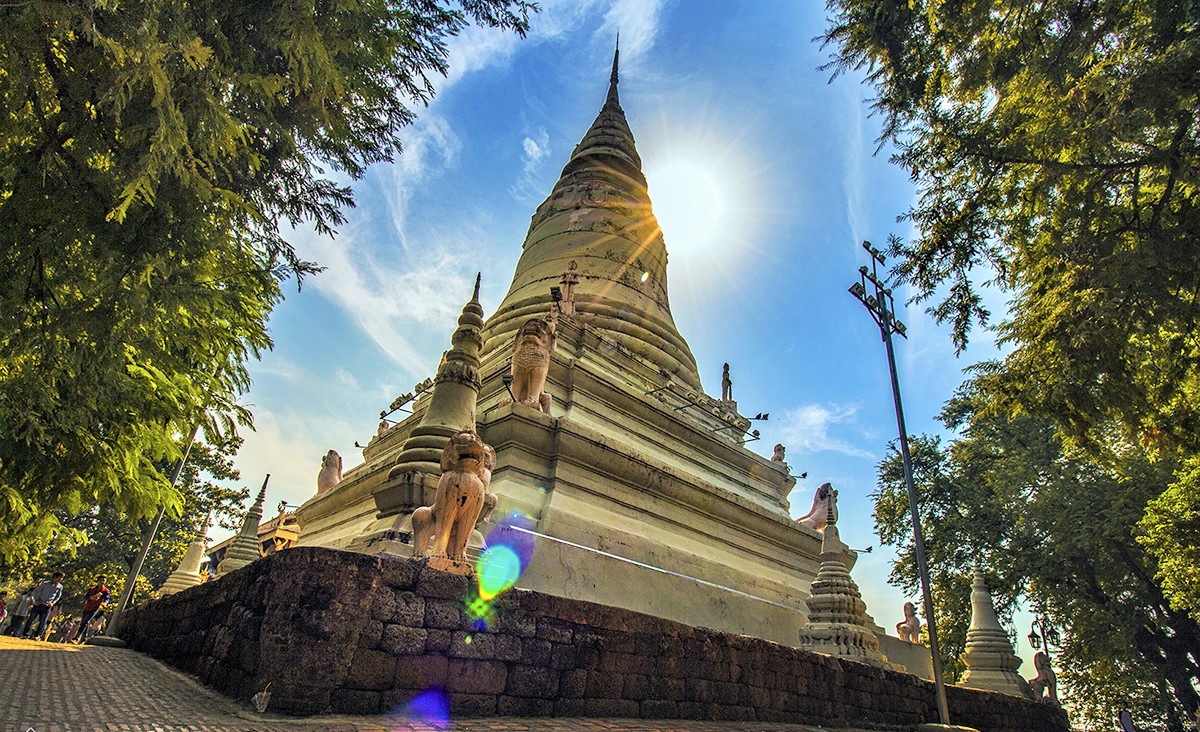
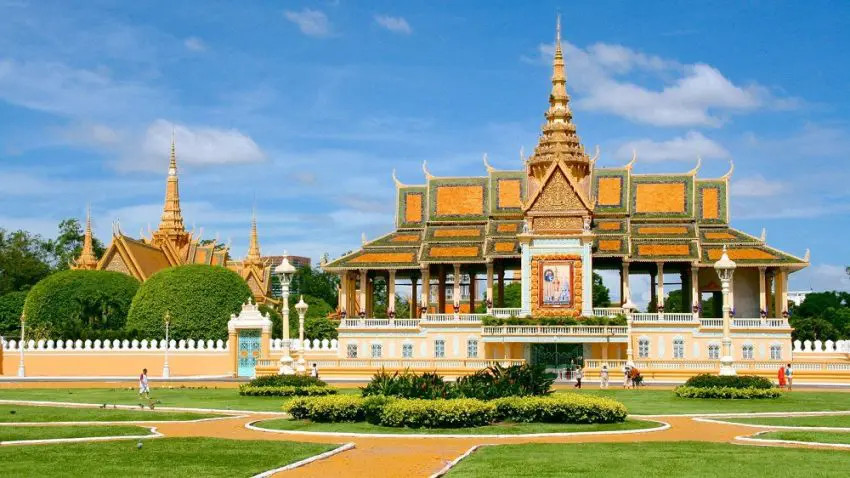


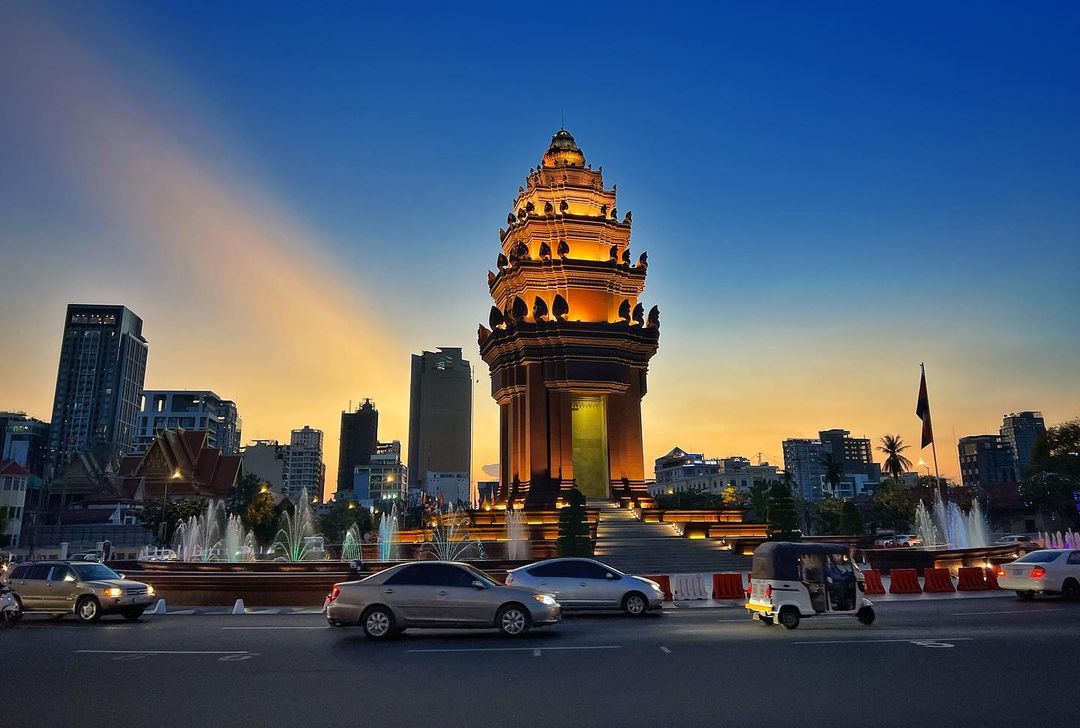
.jpg)
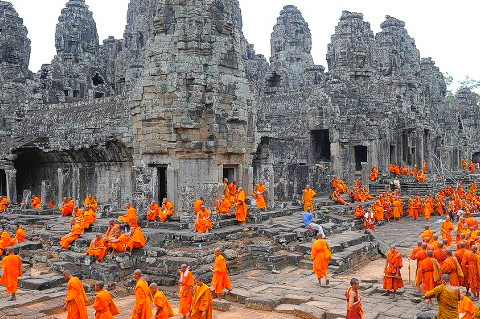
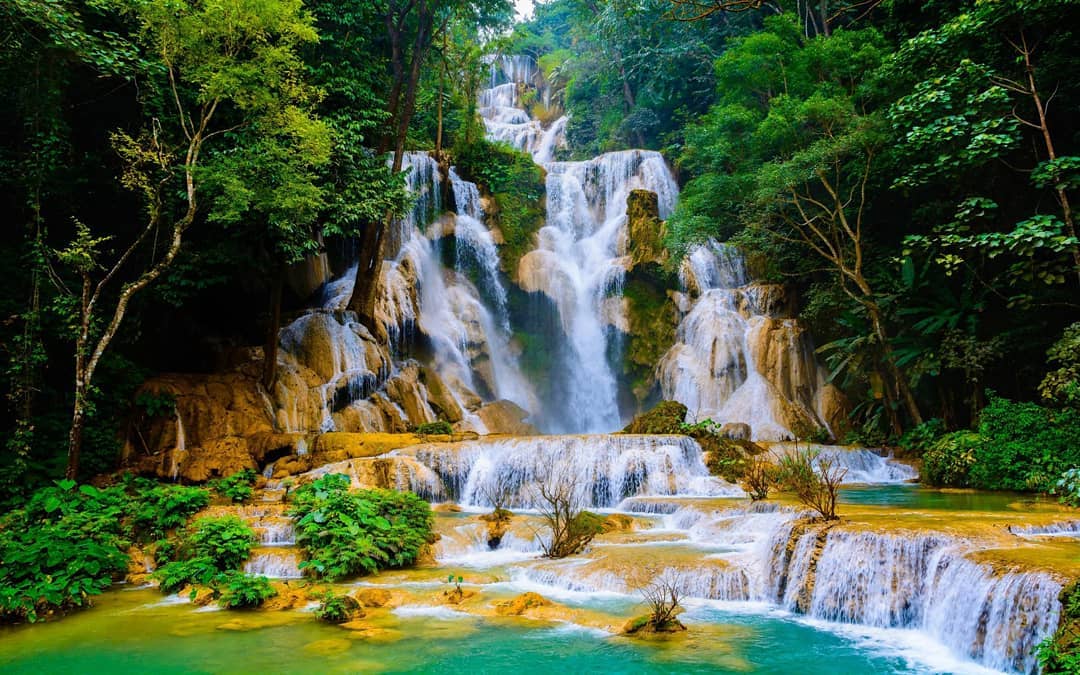
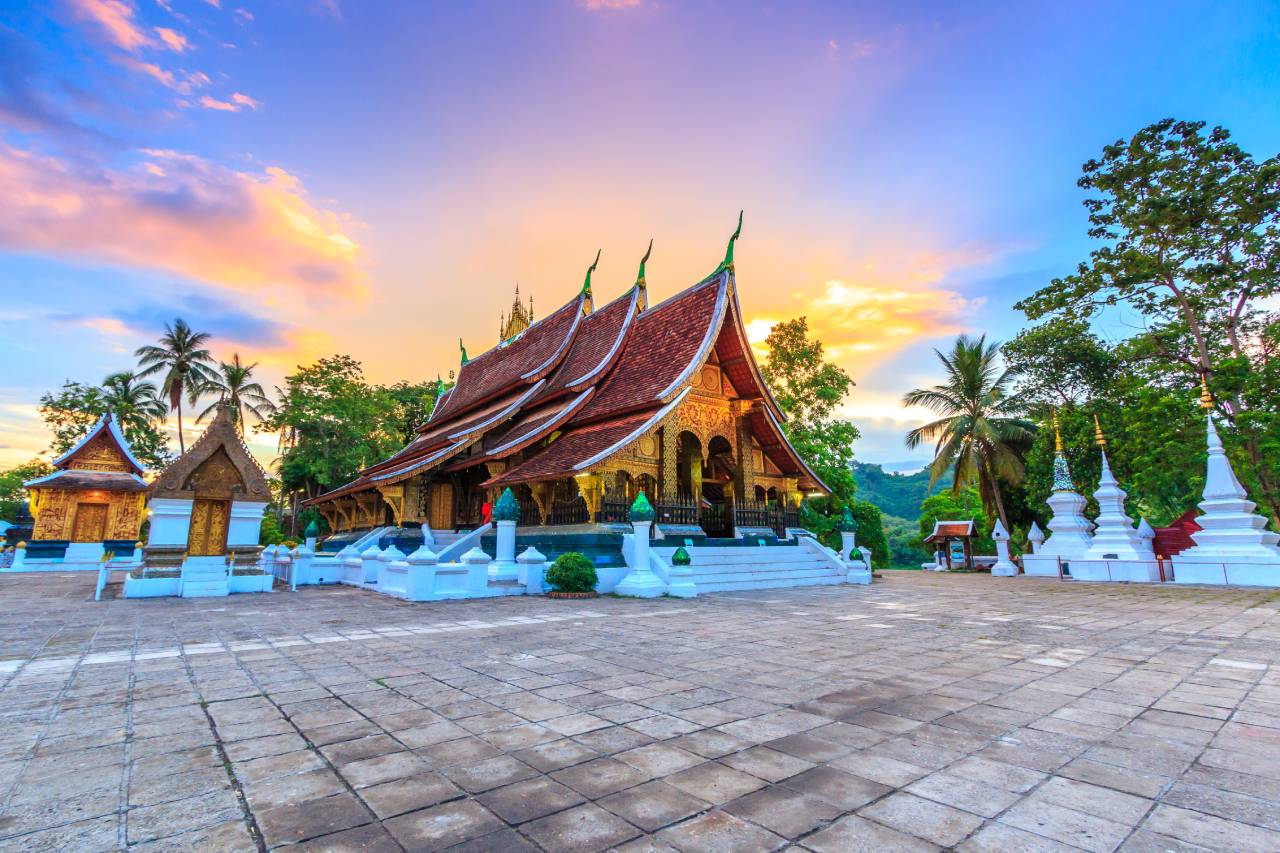
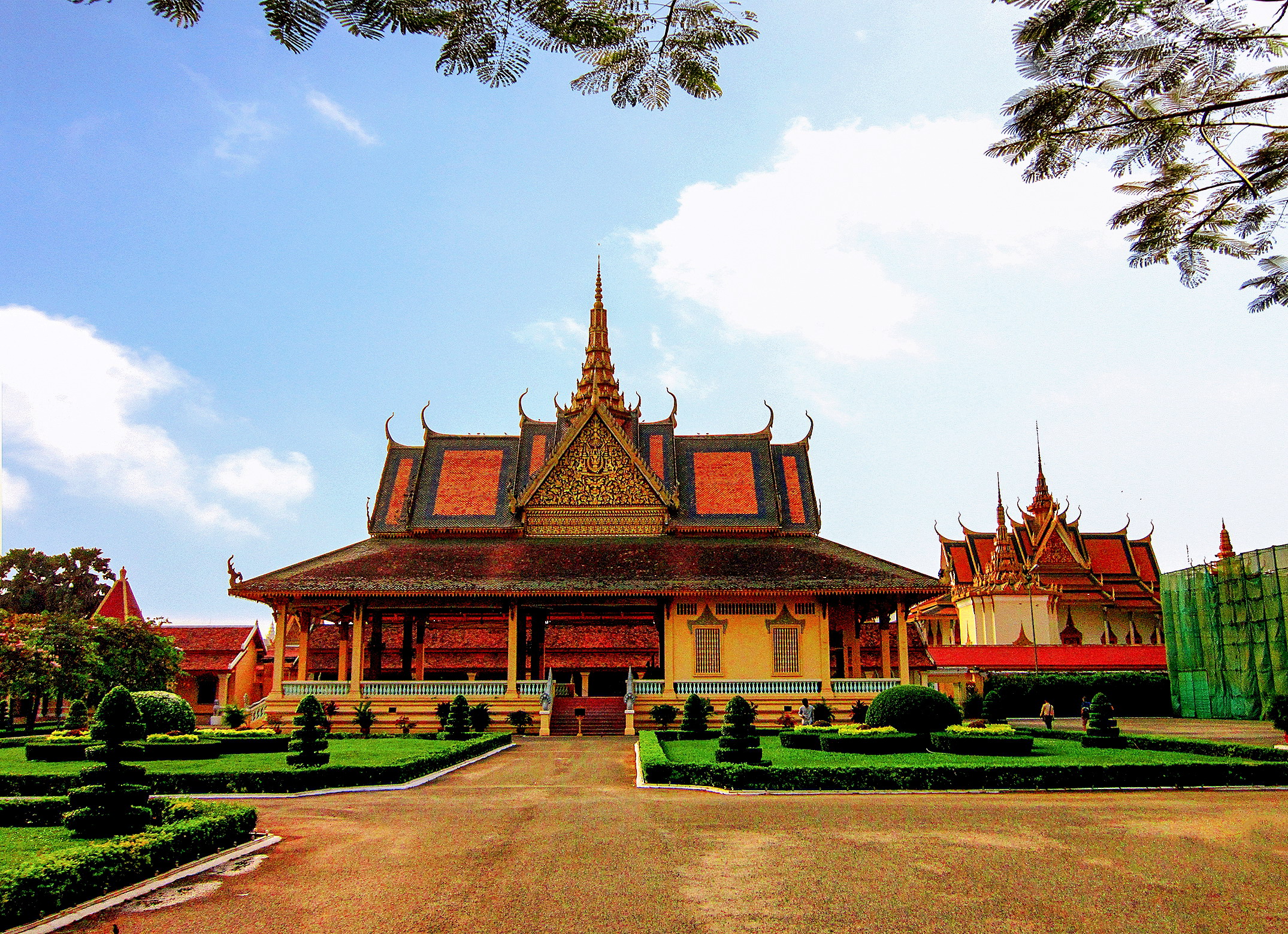
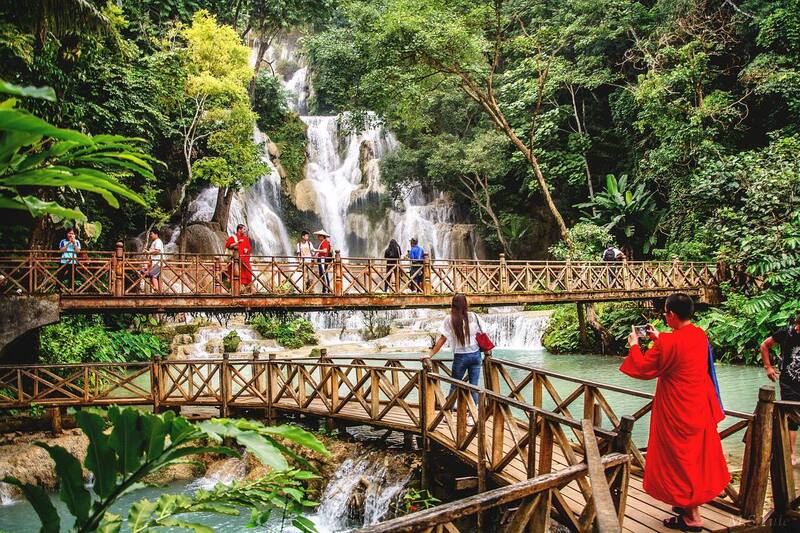
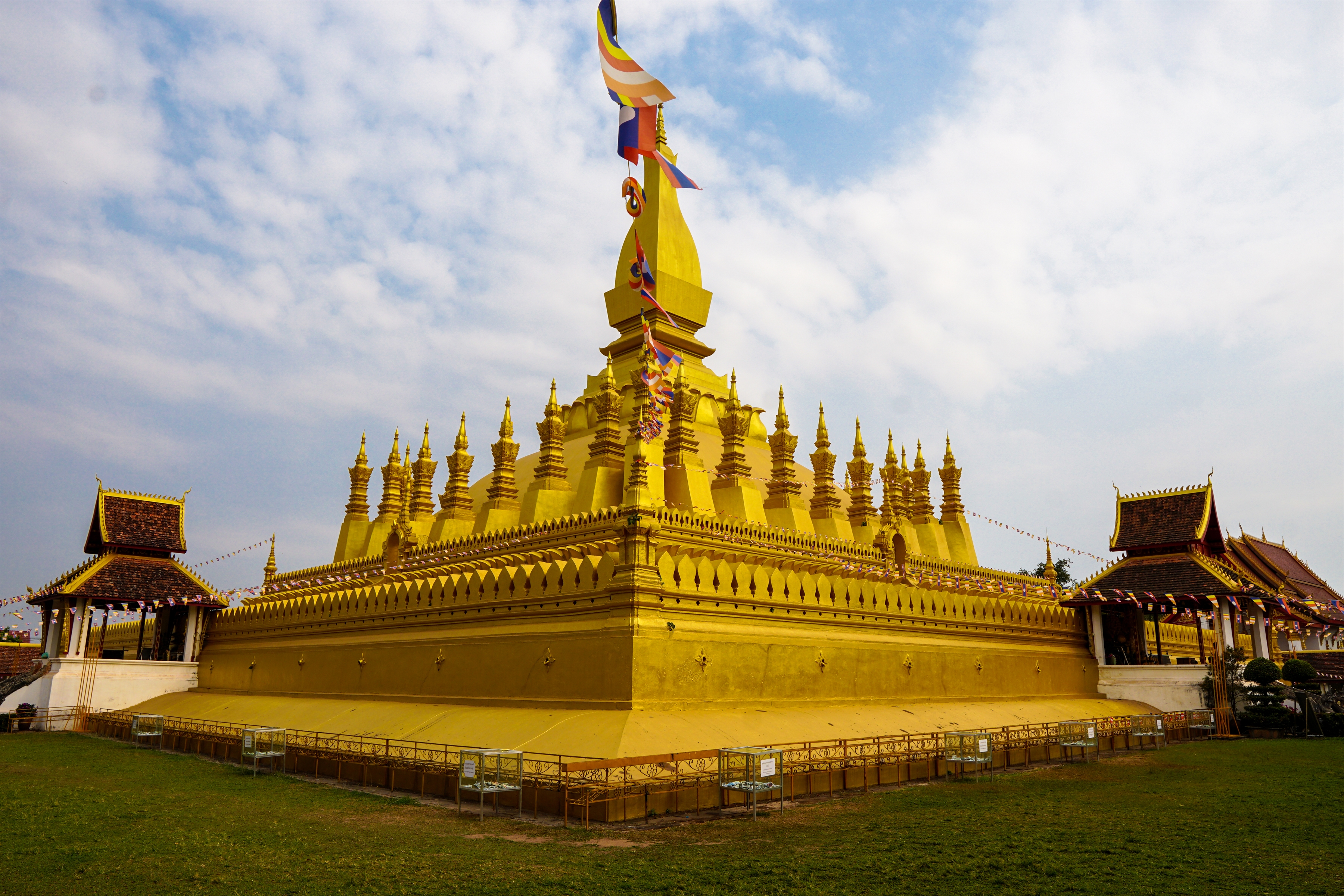
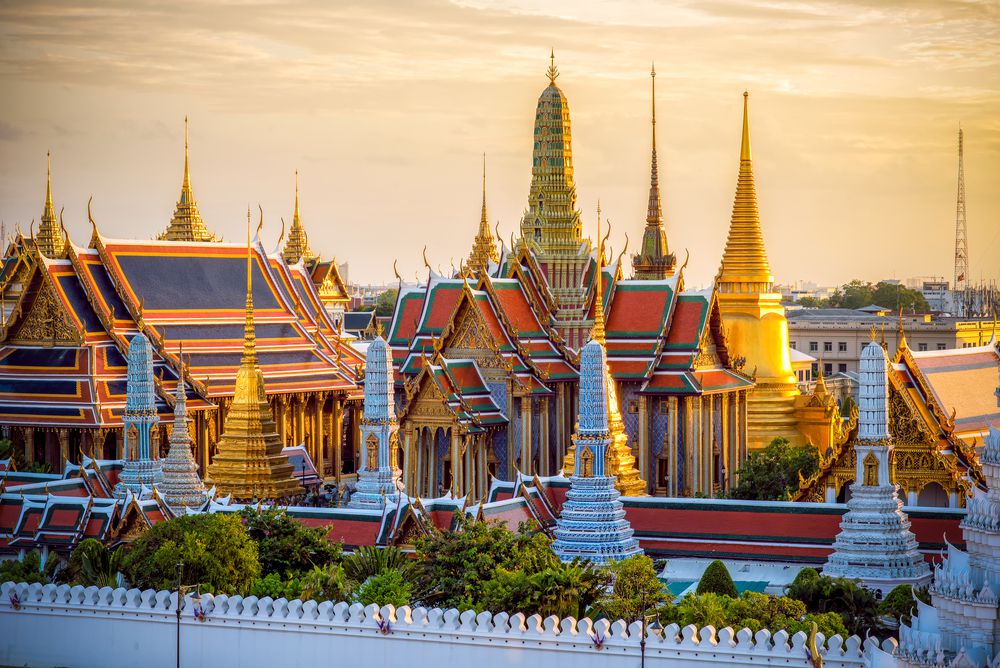
.jpg)
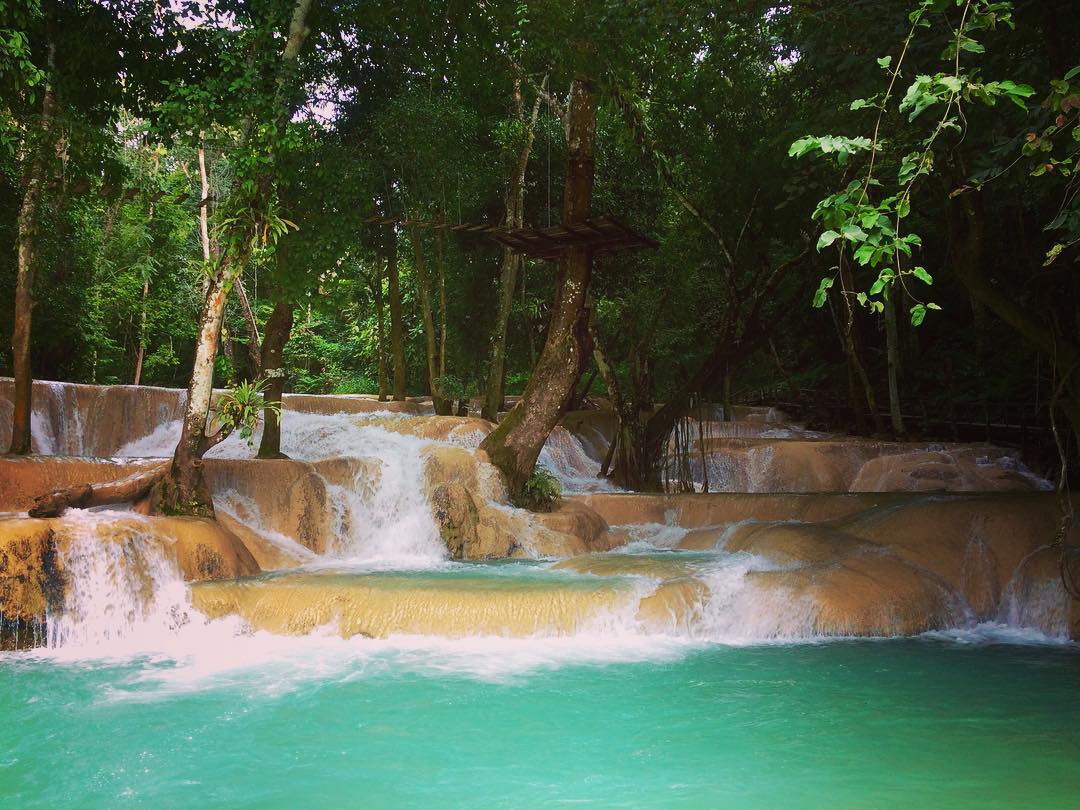
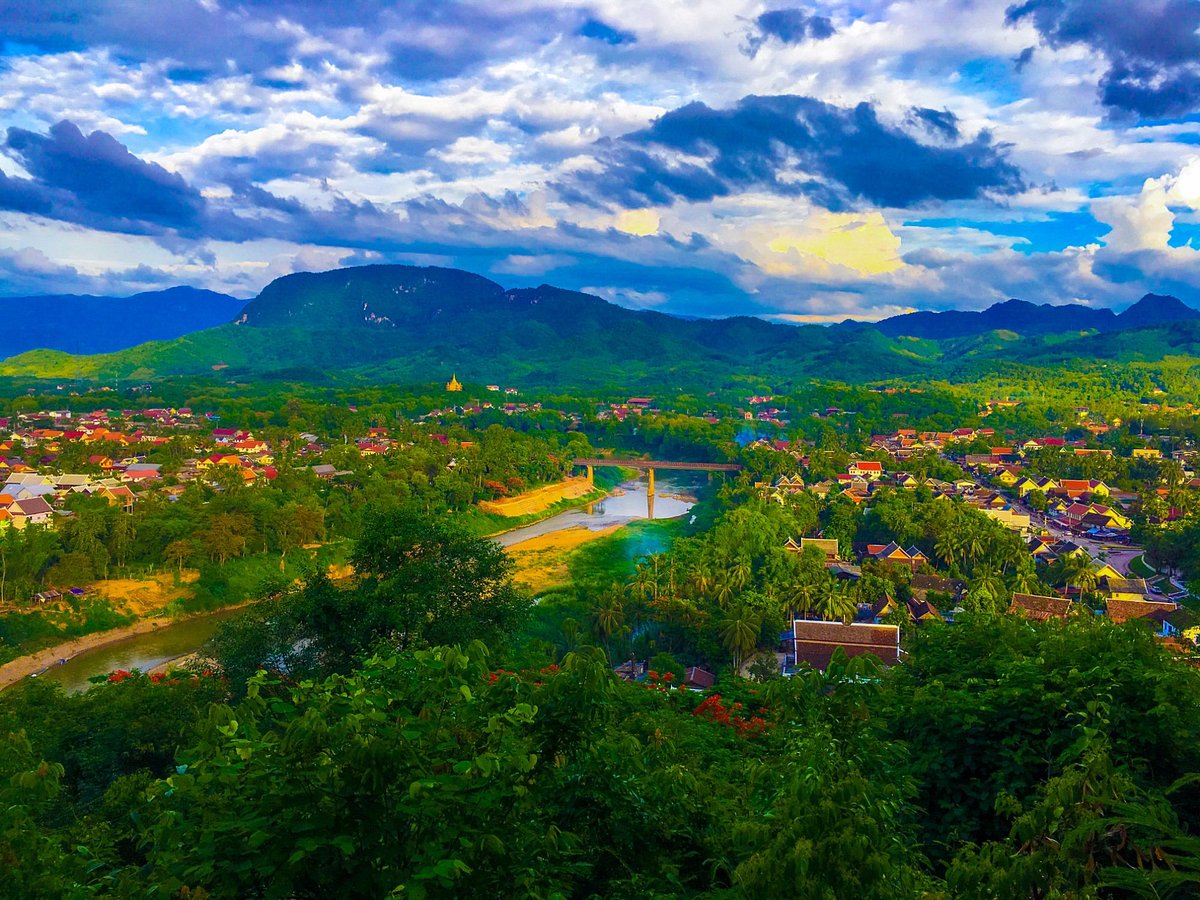

.jpg)



.png)


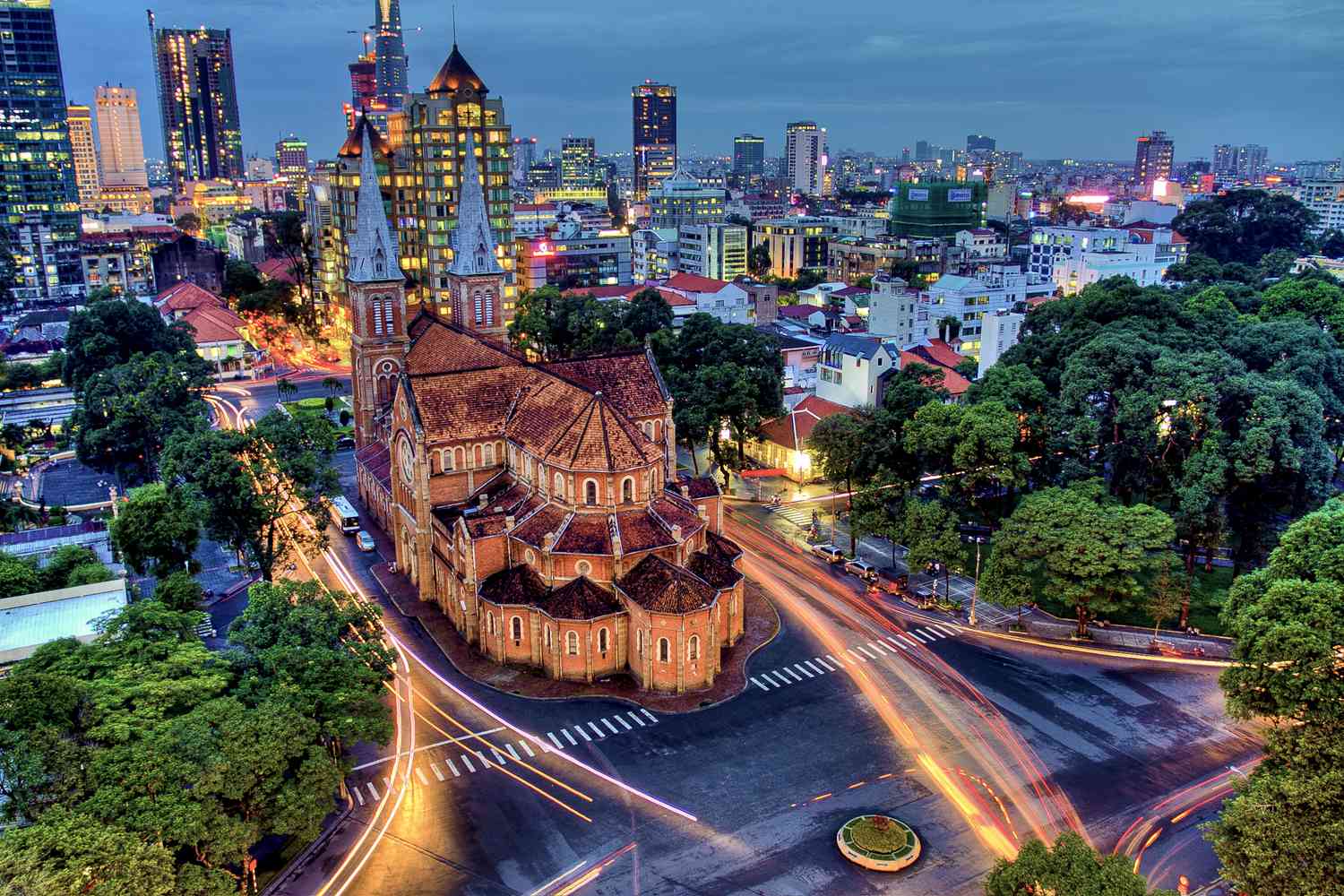

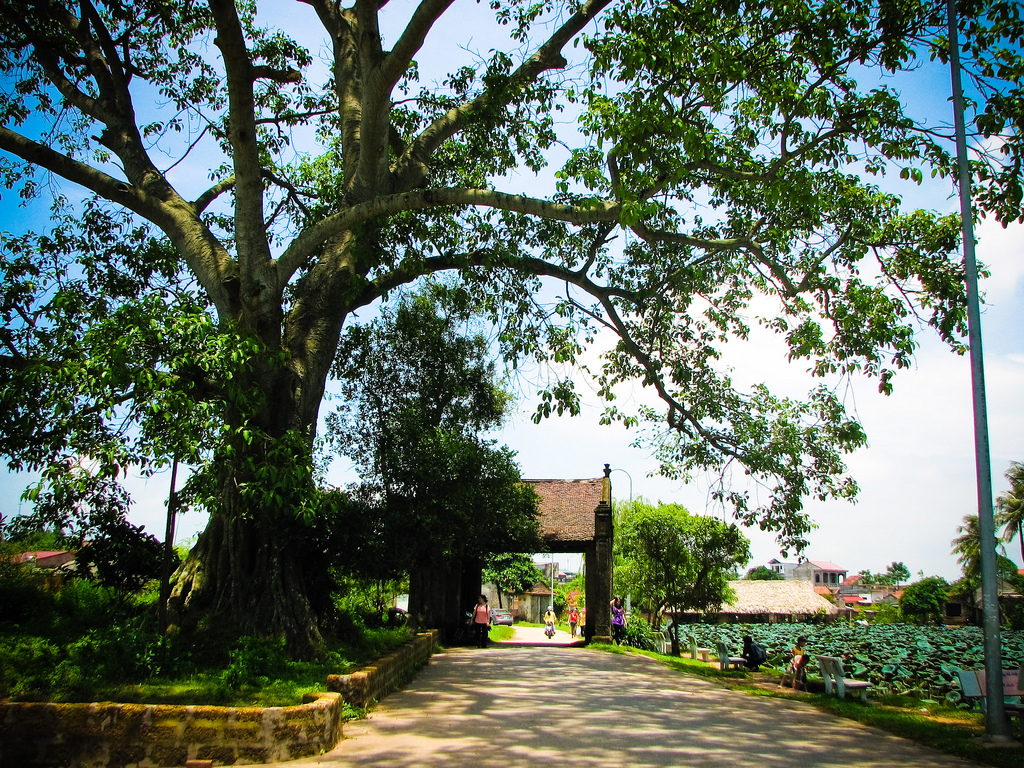

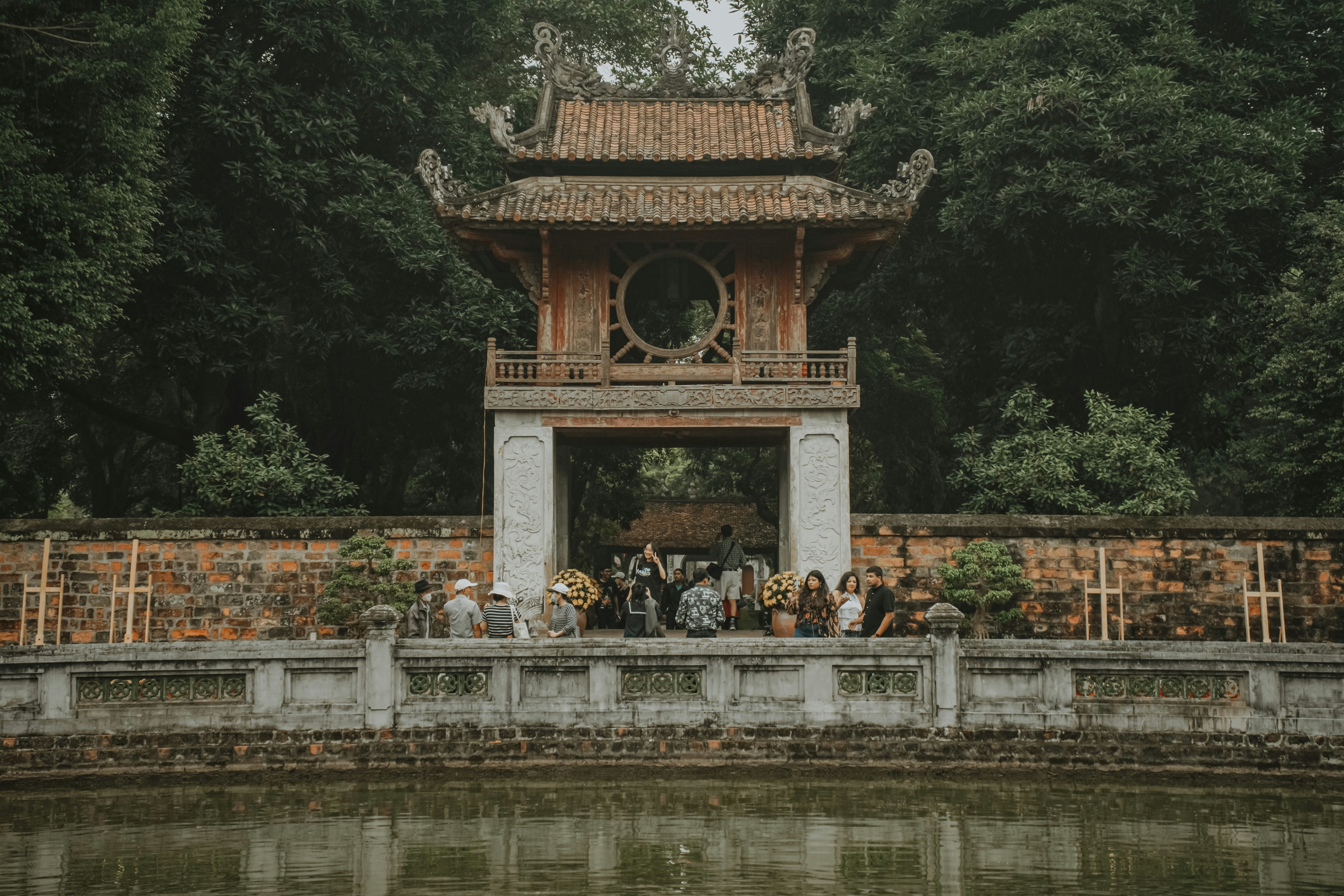








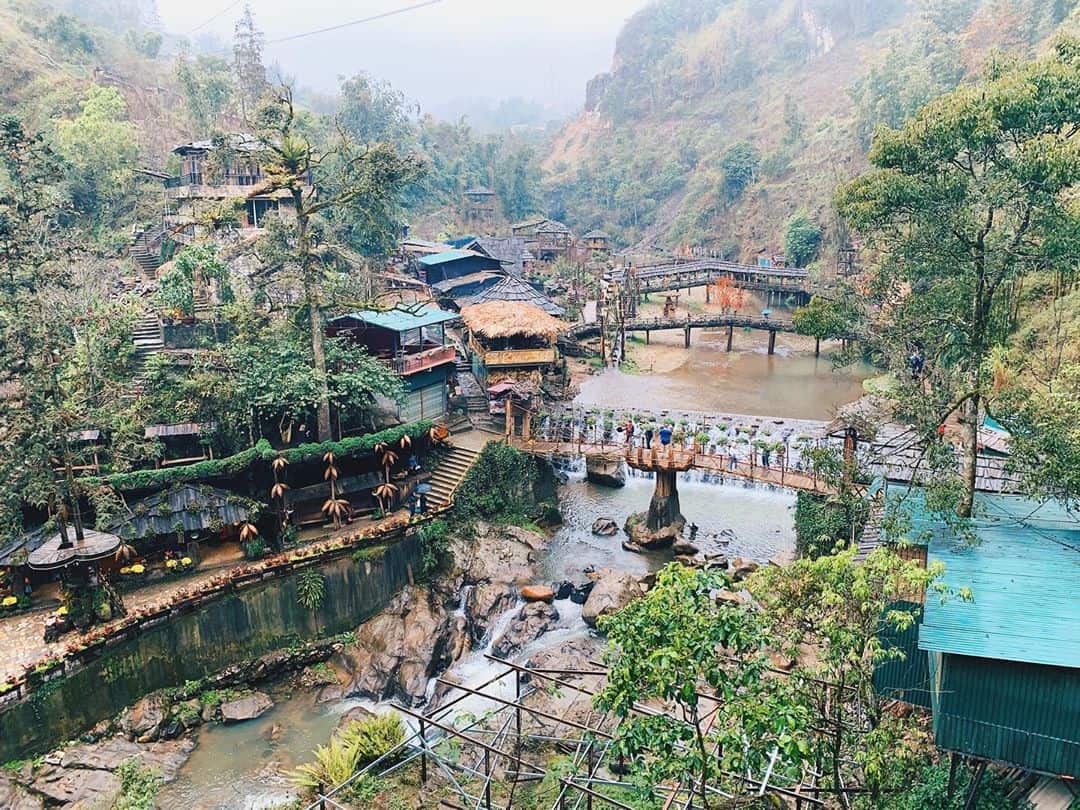
.jpg)
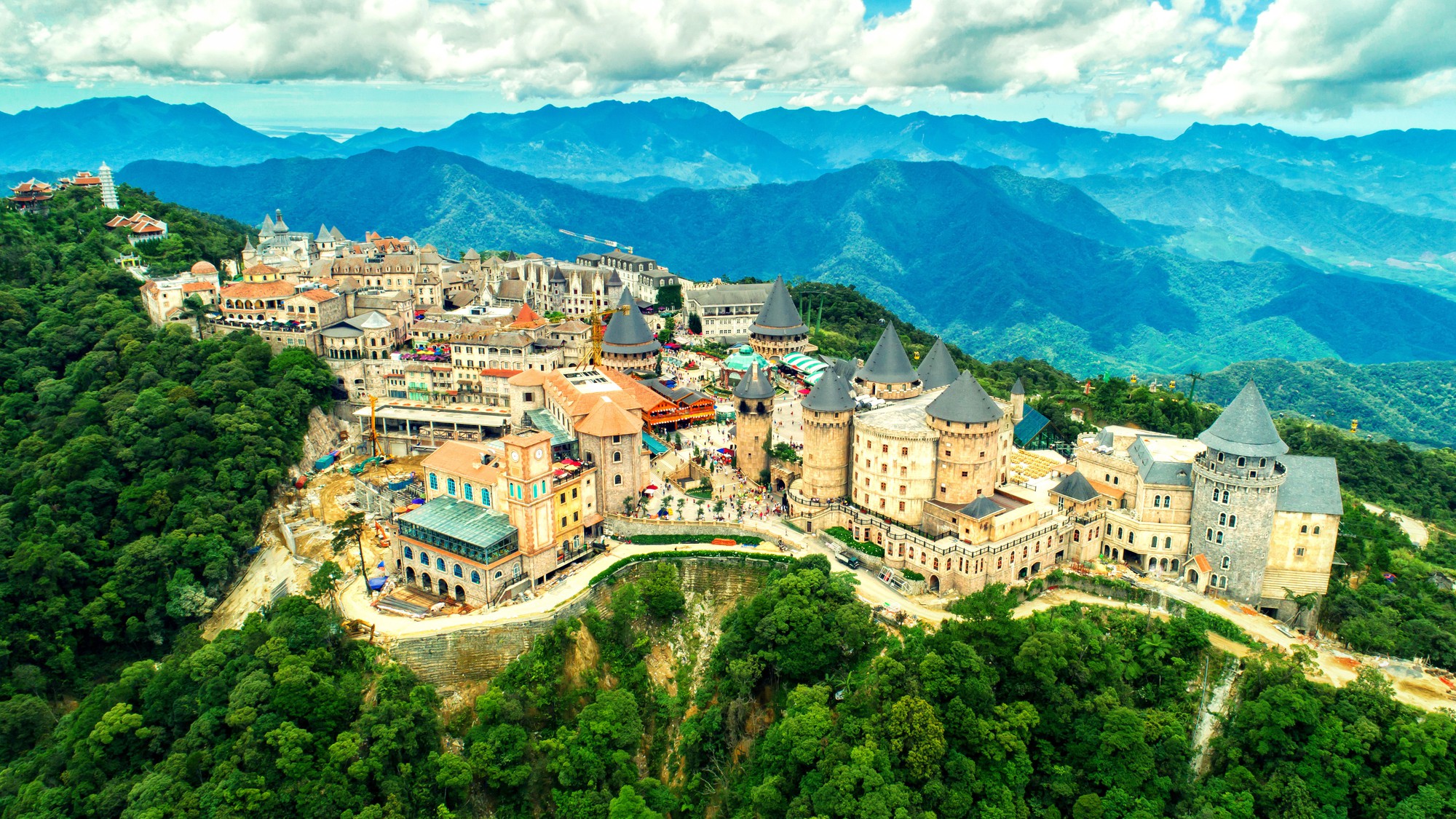

.jpg)
